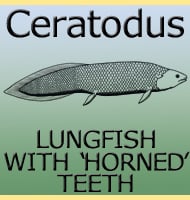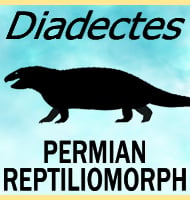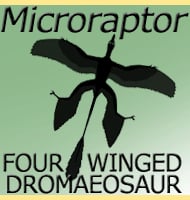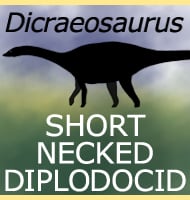*Special note, since this page was uploaded, Predator X has finally been granted a binomial name, and is today recognised as a species of Pliosaurus, P. funkei. For more complete and up to date information regarding this genus of pliosaur, it is recommended that you also look up the main Pliosaurus page here. On an additional note, although this page labels Predator X as a 15 meter pliosaur, new estimates for its size now range between 10 and 12.8 meters in length. Though now described as something else, this page remains online for archive purposes.
Predator X is the informal name given to a marine reptile that is still undergoing reconstruction and study. This marine reptile is excitingly, possibly the largest pliosaur ever to live, but frustratingly the most fragmented. With fossil remains of an individual that is composed of roughly twenty thousand bone fragments, the reconstruction of Predator X is akin to assembling a super difficult three dimensional jigsaw without even the original image for reference. As such palaeontologists have been painstakingly reassembling this massive marine predator, doing everything that they can to get it right.
From the work done so far Predator X appears to have been an exceptionally large pliosaur, a group of marine reptiles that were an evolutionary offshoot from the long necked plesiosaurs that ended up being the apex predators of the worlds’ oceans throughout the Jurassic and early to mid-Cretaceous periods. Unlike their plesiosaur cousins however, pliosaurs notably had shorter necks that supported much larger skulls. Early indications of the total size of Predator X suggest that it may have grown to around fifteen meters long, making it much bigger that other well-known large pliosaurs such as Kronosaurus and Pliosaurus and a lot bigger than Liopleurodon which is often incorrectly labelled as reaching twenty-five meters long when in fact the largest known specimen is a little over six meters long. Predator X may have also been a match for the later giant mosasaurs such as Tylosaurus and Mosasaurus which lived later at the end of the Cretaceous.
The large size of Predator X meant that when fully grown it would have been capable of taking down almost any other prey from marine reptiles like plesiosaurs, ichthyosaurs and smaller pliosaurs to gigantic fish similar to Leedsichthys. The massive jaws would have had equally powerful muscles that would have given Predator X one of the largest bite forces of all the animals in the fossil record, although the giant shark C. megalodon may have been able to match Predator X, with larger individuals actually exceeding it. Regardless of whether Predator X had the highest bite force or not, its thirty centimetre long teeth would still have been driven through the bodies of prey animals with easily enough force to kill them.
Study regarding the brain cavity of Predator X has revealed that its brain was actually similar to the much smaller great white shark (Carcharodon carcharias) in both size and type. This is not to imply that Predator X was stupid however as in order to be an effective hunter it would just need the brain power to analyse its surroundings and identify prey. Beyond this further development would be unnecessary.










